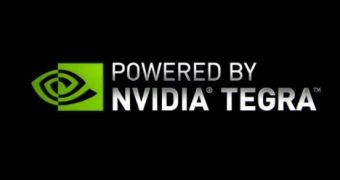Nvidia, the popular graphics chip maker, announced several months ago the launch of a new application processor aimed at mobile devices, packing quad-cores and called Kal-El.
This next-generation Tegra chip was the very first quad-core CPU announced for mobiles, and a demonstration of its capabilities is available in the video embedded at the bottom of this article.
The Kal-El chip comes with a quad-core processor with a 12-core NVIDIA GPU featuring support for 3D stereo, and low power needs.
The new silicon should be packed inside super-phones and tablet PC set to arrive on shelves later during the ongoing year, Nvidia confirms, and would provide them with great graphics capabilities.
For those who would like to learn more on how the Kal-El processor would be capable of improving the experience of said mobile devices, the video below should provide some answers.
“The video, features a demo we created called “Glowball,” which draws its namesake from the feature character: a brilliant lit, bouncing ball,” Nvidia's Matt Wuebbling notes in a recent blog post.
“The ball serves as the light source. As it rolls, it casts its effect on different objects. This shows off the power of true dynamic lighting, rendered in real-time with physics (no canned animations here, folks).
“Thanks to Project Kal-El, Glowball’s true dynamic lighting brings more life and interactivity to a 3D environment. This marks the first time this type of lighting is feasible on a mobile device.”
Glowball was also meant to leverage the accelerometer inside the device. Users would take advantage of it to control real-time movements of drapes throughout the game.
According to Nvidia, all of the movements were calculated using physics, and are simulated across Kal-El’s four CPU cores.
The drapes were designed so as to respond to the ball moving through them as they would in real life, the company explains. Moreover, the scene responds when the ball touches the jack-in-the-boxes and barrels.
The video would also show you how the visual quality of the game is lowered at times when only two of the processor's cores are being used.

 14 DAY TRIAL //
14 DAY TRIAL //